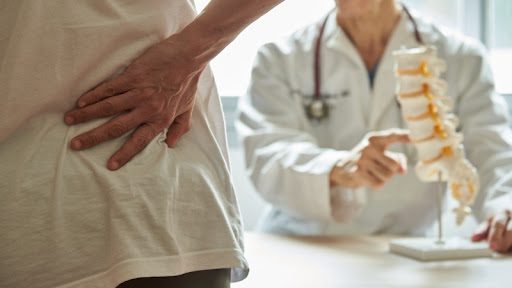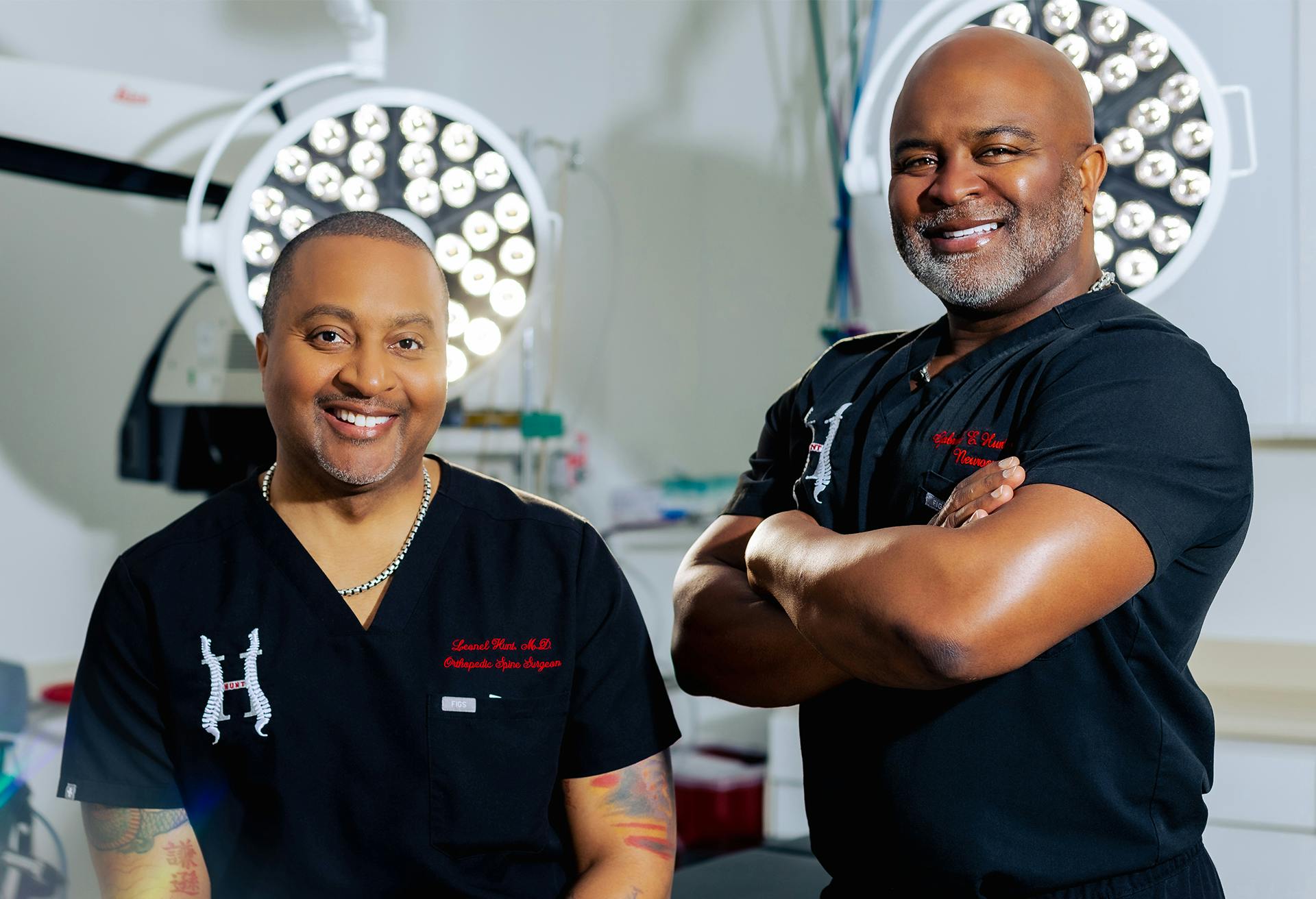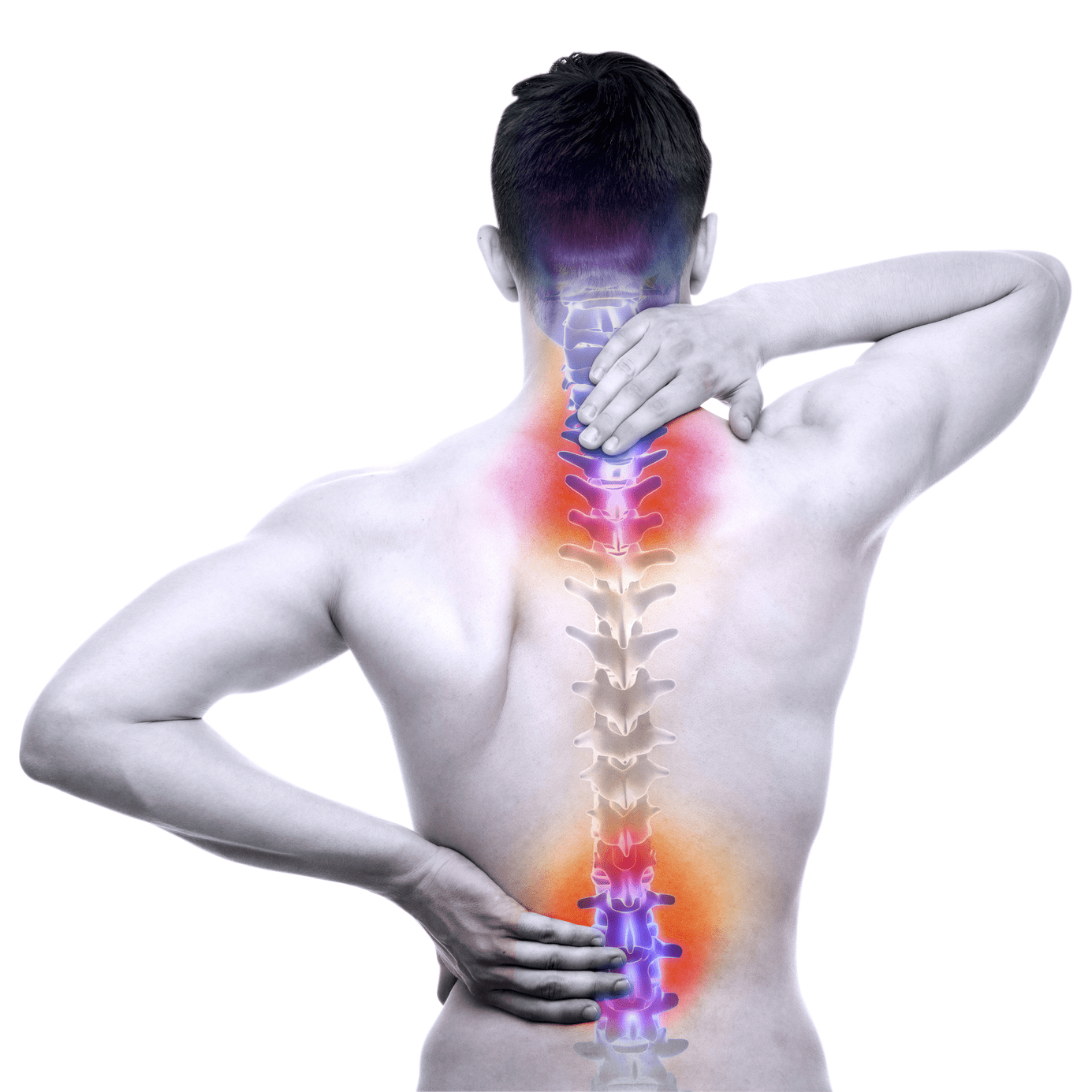Tips for Healing After Surgery with the Best Spine Surgeons in St Louis MO
Tips for Healing After Surgery with the Best Spine Surgeons in St Louis MO
Blog Article
An Introduction of Spine Problems That Usually Outcome in Surgical Treatments
Back conditions such as herniated discs, spine stenosis, and degenerative disc illness often necessitate surgical interventions when conventional treatments fall short to relieve persistent signs and symptoms. These problems not just cause significant pain however can additionally seriously hinder day-to-day performance and general high quality of life. Understanding the nuances of each condition and the equivalent medical choices, such as discectomy or back blend, is crucial for reliable administration. As we check out these conditions further, it comes to be apparent that the decision-making procedure bordering surgical treatment is complex and warrants mindful factor to consider.
Herniated Discs
Although numerous people with herniated discs might find relief through conservative treatments, surgical procedure ends up being a required factor to consider when signs aggravate or persist - best spine surgeons in st louis mo. A herniated disc happens when the soft internal gel of a spinal disc protrudes through its outer layer, possibly compressing close-by nerves and leading to pain, pins and needles, or weak point in the extremities
Conservative administration normally includes physical therapy, pain medicines, and corticosteroid injections, which intend to lower inflammation and boost function. In cases where these methods stop working to minimize incapacitating signs, medical choices may be discovered.
One of the most typical surgical treatment for herniated discs is a discectomy, which includes the removal of the herniated part of the disc to ease pressure on the affected nerve origin. In a lot more extreme cases, spinal combination may be required to support the affected vertebrae.
Patients are advised to go over the possible dangers and benefits of surgical procedure with their health care provider to make an educated choice. Inevitably, the goal of any medical treatment is to restore function, minimize pain, and boost general lifestyle for people experiencing from herniated discs.
Back Constriction
Spine constriction takes place when the spaces within the spinal column narrow, resulting in enhanced pressure on the spine and nerves. This condition can develop in numerous regions of the spinal column, including the cervical and lumbar areas, typically as a result of age-related changes, such as degenerative disc illness, joint inflammation, or enlarging of ligaments.
Clients with spine stenosis may offer with signs and symptoms that include discomfort, numbness, prickling, or weak point, primarily in the arms or legs. These signs and symptoms can be exacerbated by tasks that include standing or strolling, often leading individuals to look for relief through traditional therapies like physical therapy, medications, or epidural steroid injections.
However, when these non-surgical interventions fail to give ample alleviation, medical options might be considered. Common surgical treatments for spine stenosis consist of laminectomy, which includes the removal of part of the vertebra to ease pressure, and spinal combination, which maintains the damaged location.
Spondylolisthesis
Spondylolisthesis takes place when one vertebra slides onward over another, leading to imbalance of the spine. This condition can result from various elements, including congenital problems, trauma, or degenerative modifications in the spine. It is most frequently observed in the back area, specifically at the L4-L5 and L5-S1 levels.

Treatment alternatives vary based on the intensity of the slippage and the symptoms presented. Traditional measures, including physical treatment, pain management, and activity modification, are commonly the first line of protection. Nevertheless, when non-surgical techniques fall short to soothe signs or when substantial nerve compression exists, surgical intervention may be required. Surgical alternatives can consist of spinal combination or decompression procedures, intended at restoring positioning and alleviating neurological signs and symptoms. Early medical diagnosis and proper administration are crucial for ideal results in patients with spondylolisthesis.
Degenerative Disc Condition

Individuals with DDD commonly experience pain that may emit to the arms or legs, depending upon the affected region of the spine. The condition can be detected with a combination of scientific analysis, imaging researches, you can look here and person background. Therapy options typically start with conservative steps, consisting of physical treatment, discomfort monitoring, and lifestyle alterations. However, when these techniques fall short to supply adequate relief, surgical interventions may be thought about.
Surgical options for DDD may consist of spine fusion or man-made disc substitute, aimed at stabilizing the impacted segment and easing discomfort (best spine surgeons in st louis mo). Eventually, the option of treatment is embellished, taking right into account the intensity of the condition, individual health, and lifestyle variables
Spinal Tumors

What aspects add to the growth of tumors within the spine, and exactly how do they materialize in people? Spinal lumps can arise from different aspects, consisting of genetic tendency, environmental influences, and pre-existing clinical problems. They can be categorized as key tumors, coming from the back, or additional tumors, which spread from other regions of the body. People might offer with a variety of symptoms, including local discomfort, neurological deficits, weakness, or adjustments in digestive tract and bladder function, depending upon the lump's size and area.
Diagnosis typically involves imaging studies such as MRI or CT scans, which assist mark the growth's qualities and influence on bordering frameworks. In analyzing therapy options, the tumor's location, type, and quality are important considerations. Surgical intervention might be necessitated to reduce symptoms, obtain a biopsy, or remove the tumor totally. The goal of surgical procedure is usually to unwind neural elements and support the back. Adjuvant therapies, including radiation or chemotherapy, may also be necessary relying on the tumor's nature. Early detection and intervention are critical for enhancing results in individuals with back growths.
Conclusion
In recap, spine problems such as herniated discs, spine stenosis, spondylolisthesis, degenerative disc disease, and spinal tumors frequently require medical treatment as a result of their prospective to cause considerable pain and practical disability. While conventional treatments may offer momentary relief, surgical options become critical when signs and symptoms get worse or persist. Timely diagnosis and intervention play a critical duty in recovering feature and enhancing the high quality of life for damaged people, highlighting the value of extensive back treatment.

Report this page